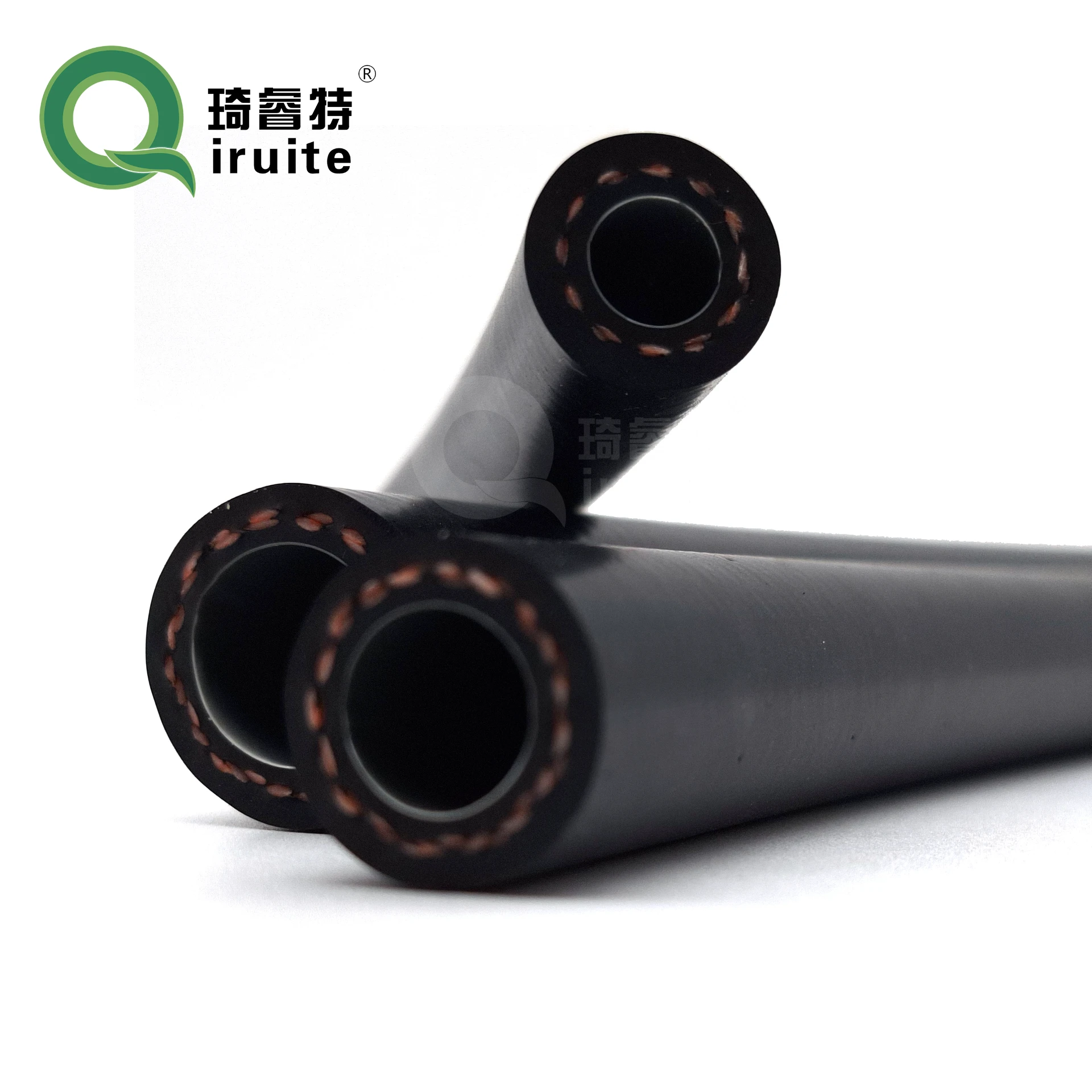Flanged Pipe Couplings for Reliable Fluid Connections in Piping Systems
Understanding Flanged Pipe Coupling A Comprehensive Overview
Flanged pipe couplings are critical components widely employed in a variety of industrial applications. These couplings provide a secure and reliable means of connecting two sections of pipe while allowing for easy assembly and disassembly. This article aims to outline the essential features, advantages, and applications of flanged pipe couplings.
What is a Flanged Pipe Coupling?
A flanged pipe coupling consists of a pair of flanges and a gasket that facilitate the connection of two pipe sections. The flanges, typically made of steel, cast iron, or plastic, are flat pieces with holes that align with bolts or screws. When two flanged ends are brought together, a gasket is often placed between the two faces to ensure a tight seal. This design is particularly important in applications where pressure containment is vital, as it prevents any leakage of fluids or gases.
Types of Flanged Pipe Couplings
There are various types of flanged pipe couplings designed for different needs. The most common types include
1. Weld Neck Flanges These flanges provide a high level of strength and are primarily used in high-pressure applications. The flanged collar is welded to the pipe, creating a strong joint that diminishes stress concentrations.
2. Slip-On Flanges These are designed to slide onto the pipe’s end and then welded into place. They are relatively easy to install and are typically used in lower pressure applications.
3. Blind Flanges Blind flanges are solid and used to seal the end of a piping system or vessel. They are crucial in maintenance situations where future access may be needed.
4. Socket Weld Flanges These flanges are inserted into a pipe and then welded around the joint, making them ideal for high-pressure applications.
Advantages of Flanged Pipe Couplings
Flanged pipe couplings offer several advantages that make them a preferred choice in many piping systems
1. Ease of Installation The bolted design allows for straightforward assembly and disassembly, making maintenance and modifications more efficient.
flanged pipe coupling

2. Versatility Flanged couplings can accommodate various pipe sizes and materials, making them suitable for an extensive range of applications.
3. Pressure Resistance When properly installed, flanged couplings can withstand significant pressure, making them ideal for use in steam, gas, and liquid systems.
4. Leak Prevention The use of gaskets ensures that connections are sealed tightly, preventing leaks that could lead to safety hazards and costly waste.
5. Standardization Flanges are manufactured according to standardized dimensions and specifications, which enables compatibility across different systems and components.
Applications of Flanged Pipe Couplings
Flanged pipe couplings are utilized in numerous industries, including
- Oil and Gas Often used in drilling and production applications, where robust and reliable connections are critical. - Water Supply Essential in municipal water systems and irrigation to connect pipes securely.
- Chemical Processing Providing leak-proof connections in various chemical transport systems.
- HVAC Systems Used in heating, ventilation, and air conditioning systems to join ductwork and pipes effectively.
- Power Generation Flanged couplings connect various components in power plants, from piping for water supply to connections for steam distributions.
Conclusion
Flanged pipe couplings play an indispensable role in modern piping systems, offering flexibility, reliability, and ease of maintenance. Their design features, multiple types, and wide-ranging applications ensure their relevance across numerous industries. Understanding flanged couplings' utility allows engineers and technicians to make informed decisions in selecting the best connection methods for their specific applications. As industries continue to evolve, so too will the applications and innovations related to flanged pipe couplings, enhancing their role in safe and efficient fluid and gas transfer processes.
-
Ultimate Spiral Protection for Hoses & CablesNewsJun.26,2025
-
The Ultimate Quick-Connect Solutions for Every NeedNewsJun.26,2025
-
SAE J1401 Brake Hose: Reliable Choice for Safe BrakingNewsJun.26,2025
-
Reliable J2064 A/C Hoses for Real-World Cooling NeedsNewsJun.26,2025
-
Heavy-Duty Sewer Jetting Hoses Built to LastNewsJun.26,2025
-
Fix Power Steering Tube Leaks Fast – Durable & Affordable SolutionNewsJun.26,2025

